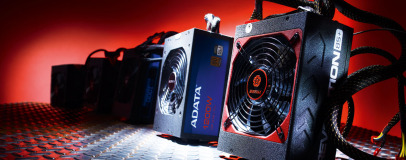
Thermaltake SP-430PCWEU Review
Manufacturer: ThermaltakeUK price (as reviewed): £34.72 (inc VAT)
US price (as reviewed): Unknown
At £35, the Thermaltake SP-430PCWEU is the equal-cheapest PSU on test. It’s rated as being able to supply a healthy 430W of power, so on paper it should be able to power a small but capable budget rig. Like Cougar and Rasurbo,Thermaltake has opted to use HEC as the manufacturer for both its PSUs in this group test.
Like the £35 Corsair Builder Series CX430 V2, the SP-430 is armed with just a single 6+2-pin PCI-E connection; as most modern graphics cards require two, this is a disadvantage for the PSU. You could use a Molex to PCI-E adaptor, but you’d have to give up two of the four Molex connections available to do this. However, at least the SP-430 offers five SATA connections, ensuring that you shouldn’t be short of connectors for hard disks and optical drives.
Thermaltake rates the SP-430 as being able to carry a maximum of 24A on its 3.3V rail, 15A on its 5V rail and a chunky 34A on its 12V rail. Unfortunately, apart from the 24-pin ATX cable, the wires that carry these currents are unbraided and captive, so building a good-looking PC around the SP-430 is likely to result in a crash course in cable routeing.
The SP-430 managed to stay within the ATX spec during our entire barrage of tests, which means that it receives full marks for stability. It was very close to the lower limit of the specification on both its 3.3V and its 5V rails, though, which could lead to problems in the long term if both these rails are heavily loaded throughout its life.
Meanwhile, the SP-430PCWEU hit a peak efficiency of only 84 per cent at half load and 81 per cent at full load. This meant that the PSU needed to draw 516W from the wall to supply its rated 430W.
Granted the SP-430 is a budget PSU, but the Corsair CX430 V2 and the Thermaltake SP-530PCWEU are also keenly priced, and both were noticeably more efficient.
The poor performance continued in the ripple test; at full load, we saw a peak ripple amplitude of 53.7mV. While still within the ATX spec, this compared badly to many of the other PSUs on test.
Interestingly, the PSU was very close to meeting the ATX recommendation of allowing 17ms of holdup time over its rails – only the 12V rail fell below this, and only by 0.55ms.
There’s little attraction to the SP-430 other than its bargain-basement price. Unfortunately, its bigger sibling, the Thermaltake SP-530, costs only £14 more, is more efficient and includes that all-important second 6+2-pin PCI-E connector.


MSI MPG Velox 100R Chassis Review
October 14 2021 | 15:04

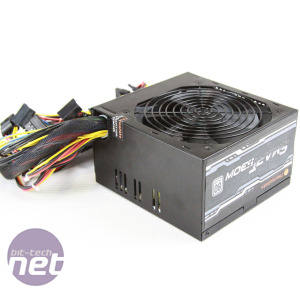
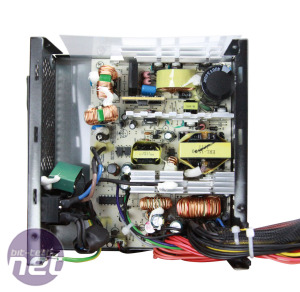
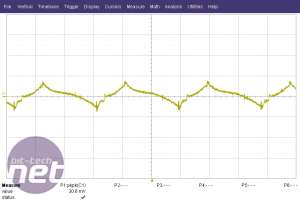
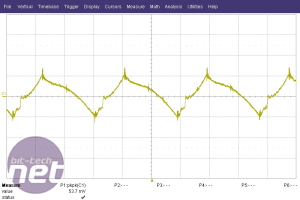
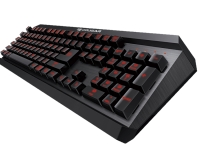






Want to comment? Please log in.